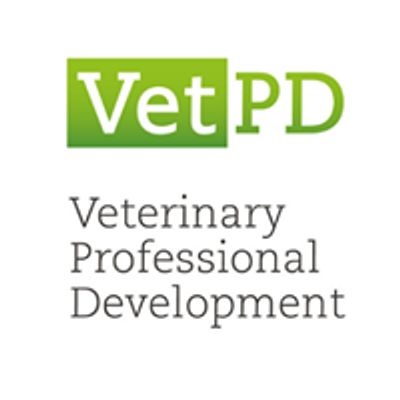New Developments in Diagnostic & Therapeutic Techniques of Equine Neck Conditions – A 2-Day Course
Schedule
Fri Nov 22 2024 at 02:00 am to Sat Nov 23 2024 at 12:00 pm
UTC-06:00Location
University de Pisa - Department of Veterinary Medicine | Columbia, MO

Horses suspected of being affected by equine wobbler or osteoarthritis of the cervical facet joints are regularly seen in equine practice but diagnosing a specific disease with certainty can be challenging. Over the past two decades the equine cervical spine has been extensively researched and advanced imaging modalities like CT, CT-myelography and MRI have revolutionized diagnostic and therapeutic capabilities available to equine practitioners.
This practical course was designed to provide equine veterinarians with the theoretical and especially the practical skills to competently examine, diagnose and treat horses affected by neck conditions. One of the main goals of this course is to provide practitioners with the knowledge and skills on how to reliably differentiate ataxic horses from animals with front- and hindlimb lameness.
A panel of internationally renowned clinicians who have dedicated a significant proportion of their careers researching, diagnosing and treating horses with neck conditions, will bring a wealth of experience to this course. The following highly-illustrated lectures in English (no translation) will be held in the mornings:
Functional Neuroanatomy of the Head & Cervical Spine
Is it lame or is it ataxic?
The brain – How can we localize the signs & diagnose the problem?
Current Radiographic Techniques (incl. Myelogram) for Evaluation of the Cervical Spine
Neck Ultrasound – Poll, Facet Joints & US-guided CSF Taps
How CT & CT-Myelography are revolutionizing the work-up of horses with neck conditions
Equine Wobbler & Facet Joint OA – Update on Pathophysiology, Clinical Features & Diagnostic Options
Conservative Therapy of Equine Cervical Conditions – Where is the evidence?
Surgical Treatment of Neck Conditions – What’s the likelihood of success?
A Practical Approach to Diagnosing the Ataxic Horse – Case-based Discussions
Infectious Causes of Neurological Disease – Presentation, Diagnostics & Therapies
Update on Headshaking – Investigations & Treatment Options
Peripheral Neuropathies – Shiverers, Stringhalt, EMND etc..
In the afternoons, the 7 hours of practical small group sessions (2 – 4 vets per ultrasound machine) will give attendees plenty of opportunity to further develop their practical skills on live horses and on equine specimens, under the supervision of the experts. Each attendee will rotate through the following practical stations with live horses and specimens:
Neurologic Examination & CSF Tap Techniques
Cervical Ultrasound, Facet Joint Injections & US-guided CSF Taps
Radiography of the Neck/Head
Neck Conditions Case-Discussions (incl. advanced imaging)
Guttural Pouch Endoscopy & Nerve Blocks for Headshakers
Cervical Fusion Surgery Demonstration
The course fee includes lunches, coffee/tea breaks, a wine & cheese reception, extensive electronic course notes and a certificate of attendance. Early course registration is recommended as there are only a limited number of places available.
This course is suitable for RCVS Modules: B-EP.3; C-E.3; C-E.4; C-E.6; C-E.7; C-E.11; C-E.15; C-E.16; C-E.17; C-VDI.4
Where is it happening?
University de Pisa - Department of Veterinary Medicine, 1509 E Rollins St, Columbia, MO 65211, United States,Columbia, MissouriEvent Location & Nearby Stays:




















